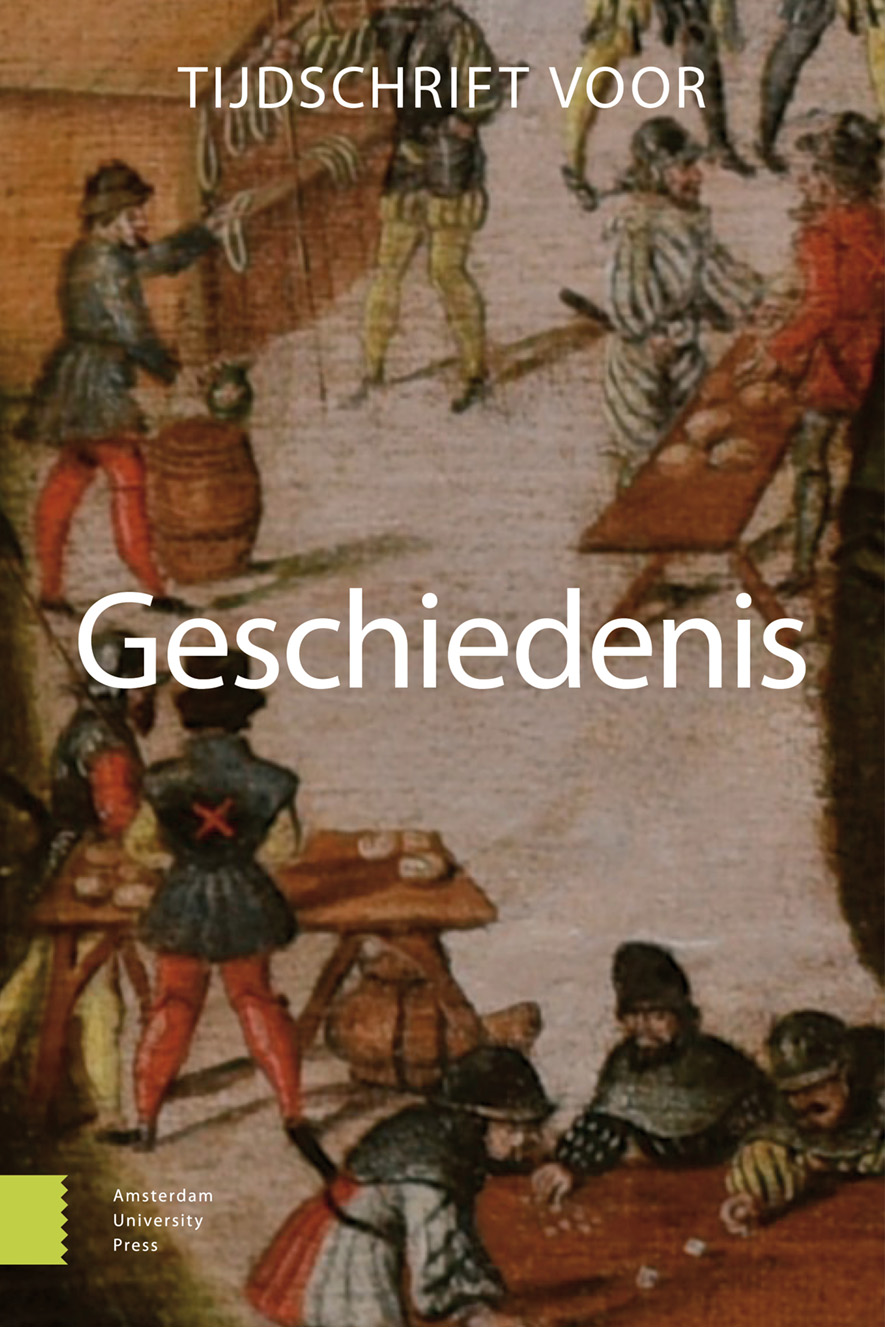-
oa Samenwerkingen tussen verzet en conformisme
Een nieuw perspectief op de alternatieve kunstpraktijk in de DDR
- Amsterdam University Press
- Source: Tijdschrift voor Geschiedenis, Volume 130, Issue 2, mei 2017, p. 225 - 247
Samenvatting
Collaborations between dissidence and obedience. A new perspective on alternative art practice in the GDR
This paper studies alternative art collaborations in the GDR during the 1970s and 1980s. As a result of the totalitarianism debate of the 1990s, scholars have often assumed that artists in East Germany had no choice but to conform to socialist ideology and the state’s strict cultural policy, or to subvert social rules and live as dissidents. This paper will use Alf Lüdtke’s concept of Eigen-Sinn to create a more differentiated perspective on East-German art practice. In a manner of Eigen-Sinn, alternative artists often adapted social reality to their needs by appropriating authority. Using as case studies two exhibitions from the Leonhardi-Museum, the artist collective Clara Mosch, and performance group the Autoperforationsartisten, this paper will show that collaboration often played a key role in eigensinnige practices, as working together not only had practical advantages, but also created a sense of solidarity, autonomy, and confidence.


